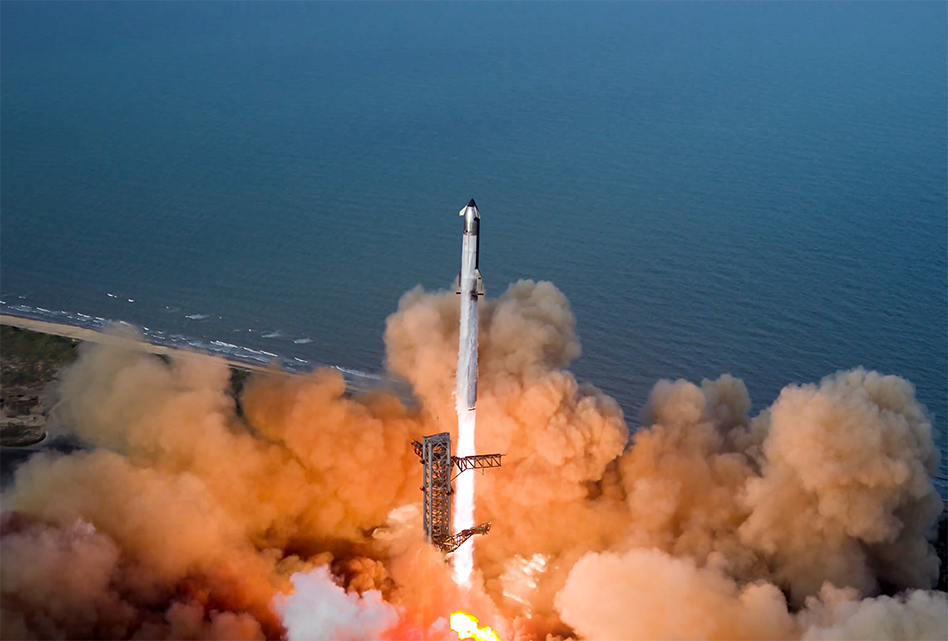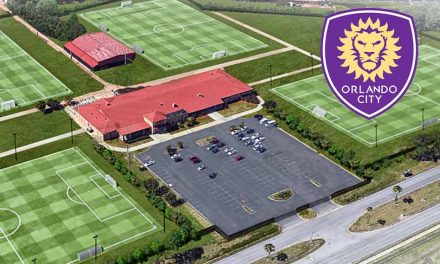SpaceX achieved another major milestone Tuesday evening as its Starship rocket completed its tenth test flight, marking a significant step toward the development of the world’s first fully reusable launch vehicle.
The mission lifted off at 6:30 p.m. CT from Starbase in South Texas, with the Super Heavy booster igniting all 33 Raptor engines to propel the massive spacecraft into the sky over the Gulf of Mexico. The booster’s performance paved the way for a flawless hot-staging maneuver, as Starship’s upper stage fired its six engines and continued the journey toward space.
Booster Performs Precision Splashdown
After stage separation, the Super Heavy booster executed a controlled boostback burn toward a pre-planned splashdown zone. In its final descent, SpaceX engineers intentionally disabled one of its three central engines, instead relying on a backup engine from the middle ring to complete the landing burn. The booster hovered briefly above the water before shutting down and splashing down softly into the Gulf.
Starship Reaches Key In-Space Milestones
The upper stage, Starship itself, completed a full-duration ascent burn and achieved its targeted velocity, entering a suborbital trajectory. In a first for the program, the spacecraft successfully deployed eight Starlink simulators, demonstrating payload delivery capabilities.
Starship also accomplished a crucial test for future missions: the second-ever in-space reignition of a Raptor engine. This milestone confirmed its ability to conduct deorbit burns, an essential function for upcoming orbital missions and beyond.
Heatshield, Reentry Data Collected
During reentry, the spacecraft’s heatshield and structural systems were deliberately pushed to their limits to collect critical data on performance under extreme conditions. Guided by its four aerodynamic flaps, Starship maneuvered to its designated splashdown point in the Indian Ocean. The vehicle executed its landing flip and completed the test with a controlled burn before a soft splashdown.
Looking Ahead
SpaceX emphasized that the goal of its ongoing flight test campaign is not only achieving success but learning from every mission. “Success will continue to be measured by what we are able to learn,” the company said in a statement.
The tenth test flight, meeting every major objective, provided engineers with vital information to inform the design and capabilities of the next-generation Starship and Super Heavy. The vehicle is central to SpaceX’s long-term ambitions, including lunar landings for NASA’s Artemis program and eventual crewed missions to Mars.





















